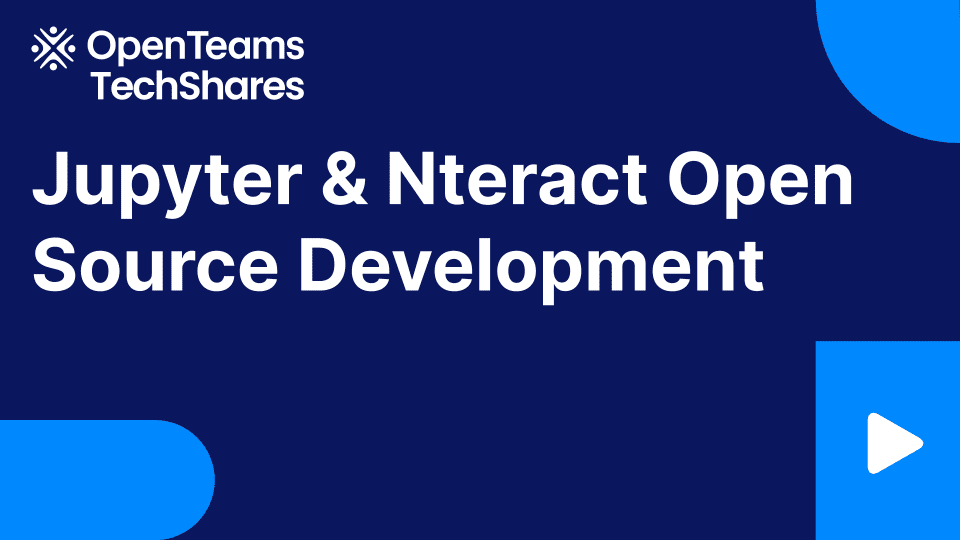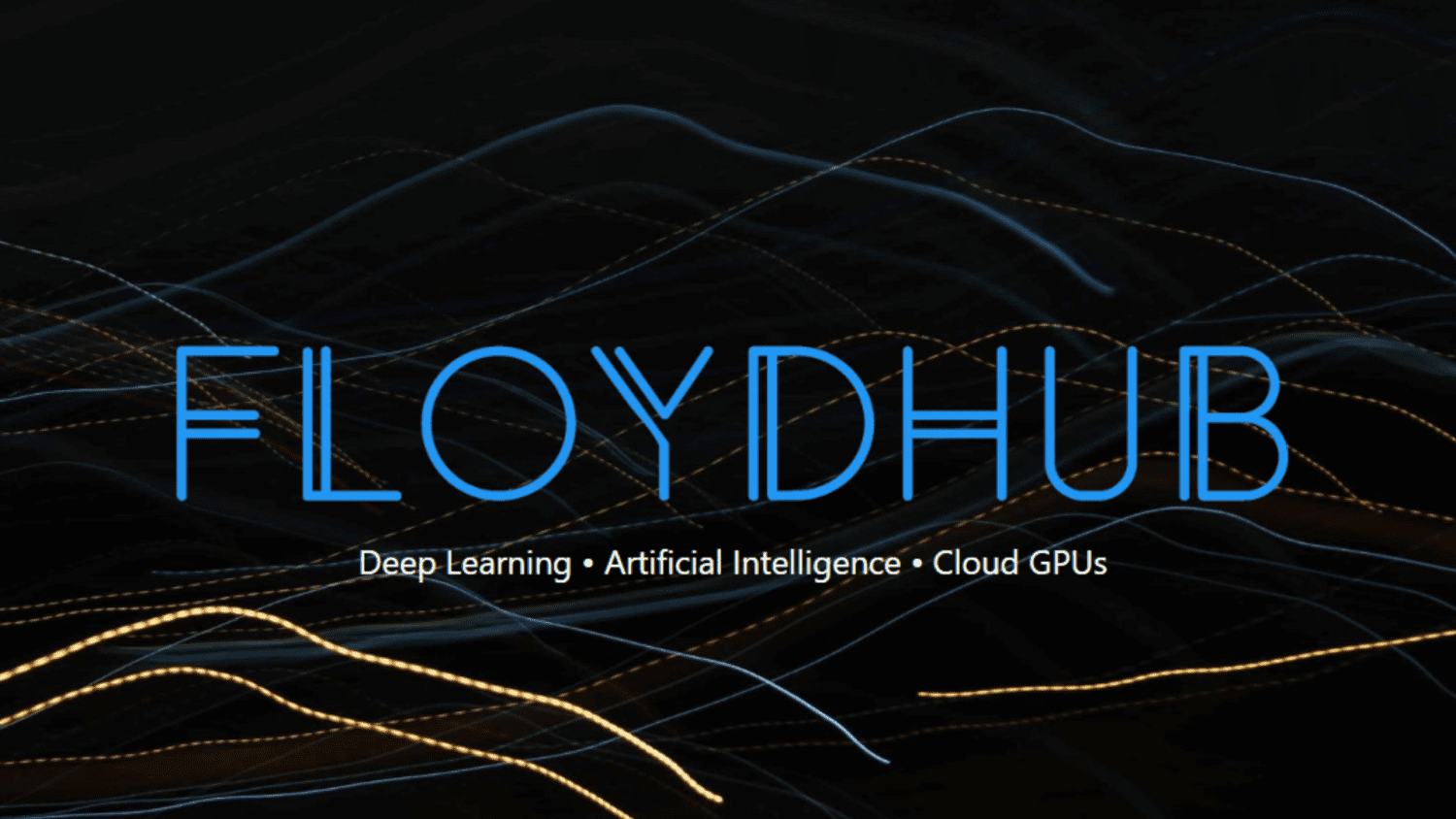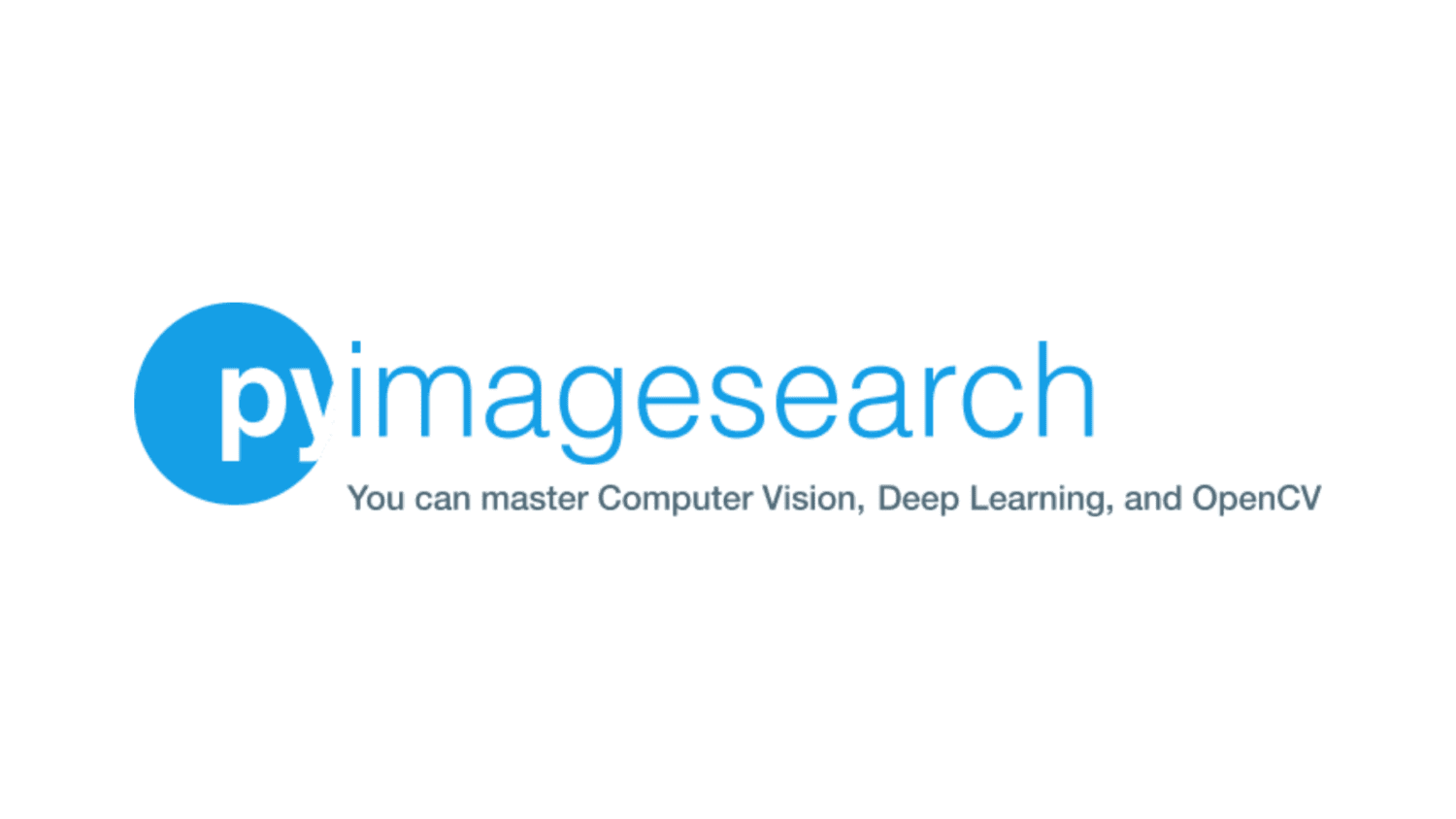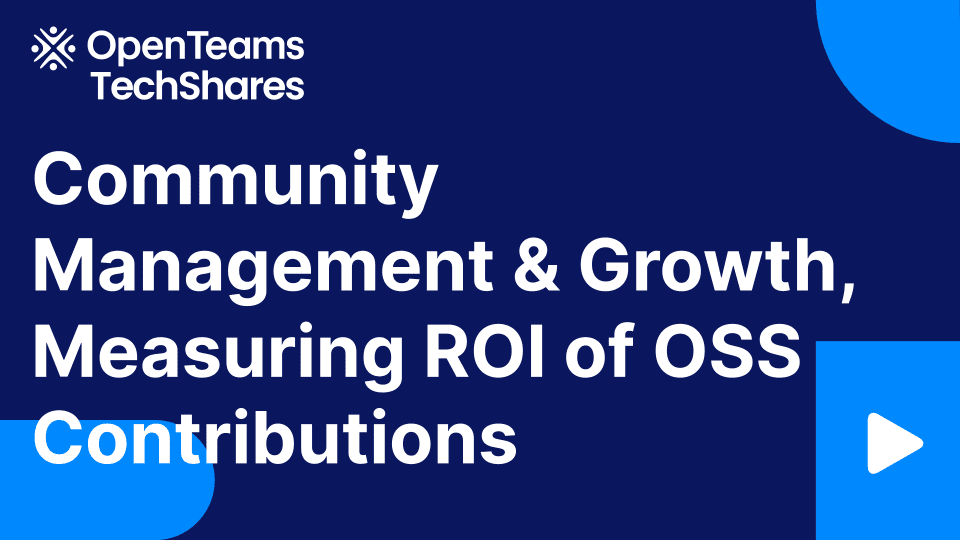
TensorFlow Hub ❤️ Kaggle

Posted by Luiz GUStavo Martins, Google AI Developer Advocate
We’re excited to announce our new integration with Kaggle Models, a recently launched pre-trained model platform. All 2,300+ TensorFlow models published on TFHub by Google, DeepMind, and more are now discoverable and usable on Kaggle Models, with documentation and sample code.
Why Kaggle?
Hosting TensorFlow models on Kaggle makes them more easily accessible to the broader ML community, democratizing model building and advancement. We can’t wait to see what solutions come from this partnership.
How to Get Started
The Bird Vocalization Classifier model was just open-sourced by the Google Research team on TFHub (and subsequently Kaggle Models 🙌). It’s a global bird embedding and classification model that can identify more than 10k bird species’ vocalizations, and also creates embedding vectors that can be used for other tasks.
- Navigate to the model here.
- Click the “New Notebook” button, which will open a Kaggle Notebooks editor.
- Click the “Copy Code” button on the right-hand side of the editor, which will copy sample code that loads the model using the TensorFlow Hub library.
- Paste the code into the notebook’s cell, and you’re ready to go!
- Click the “Add Model” button at the bottom. This will attach the model to your notebook.
 |
The snippet imports TFHub library and loads the newly published Bird Vocalization Classifier model. To find more information about this model, you can check its documentation and even play with a full example that demonstrates how to use the model in the competition here.
import tensorflow_hub as hub
hub.KerasLayer('https://kaggle.com/models/google/bird-vocalization-classifier/frameworks/TensorFlow2/variations/bird-vocalization-classifier/versions/1') |
For more information on Kaggle Models including its current feature set and future roadmap, check the official announcement here. We look forward to seeing what you build as a result of this integration!





Responses